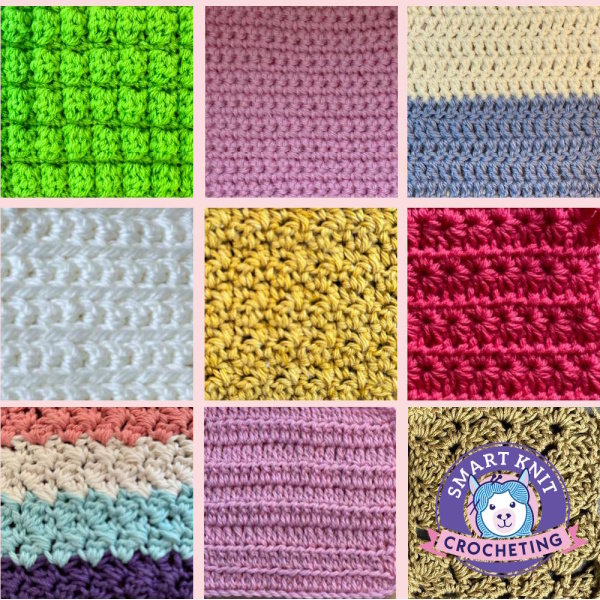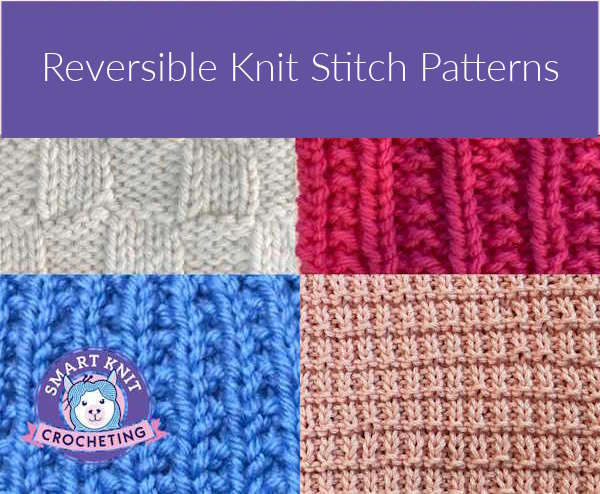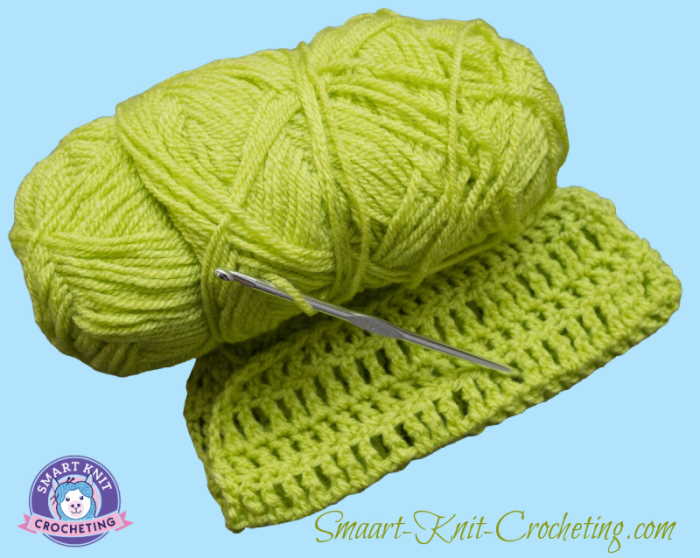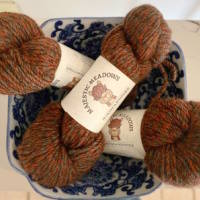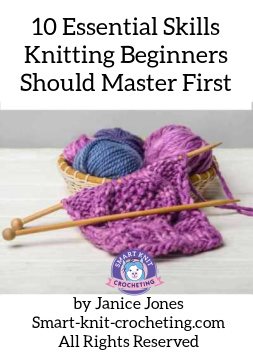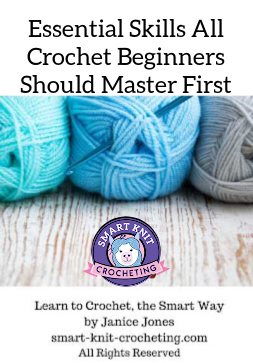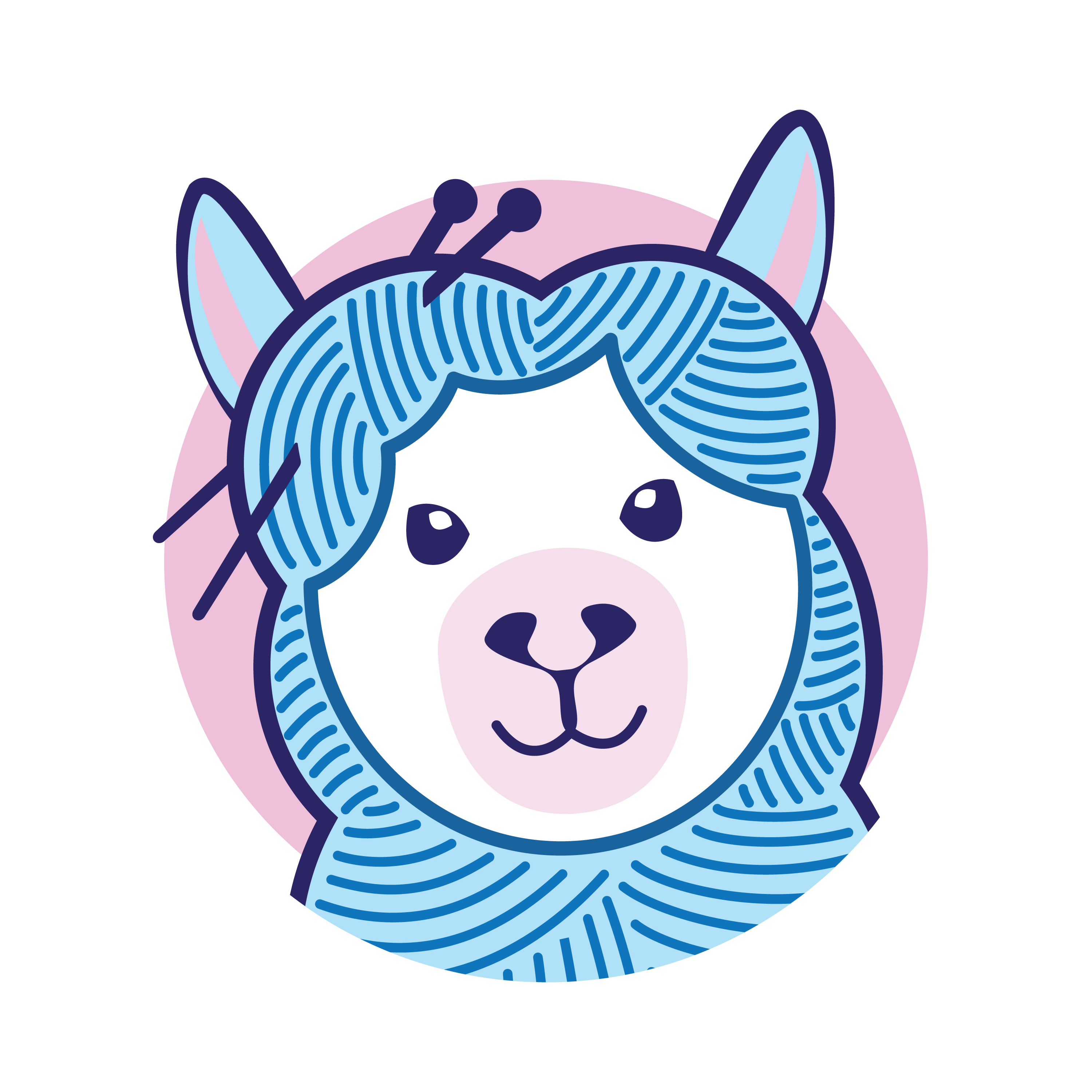- Home
- Types of Knit Stitches
- Knitting Rib Stitches
- Eyelet Rib Stitch
Eyelet Rib Stitch Step-by-Step for Beginners
The Eyelet Rib Stitch is a beautiful and practical combination of openwork lace and textured ribbing. It alternates columns of stockinette and decorative yarn overs with decreases, creating vertical eyelet ladders. This stitch is perfect for projects that need both stretch and breathability—think of it as the more decorative cousin of traditional ribbing.
While there's no concrete historical origin for this specific variation, openwork rib stitches have been part of lace knitting traditions for centuries, often seen in Victorian-era accessories and vintage sweaters. The stitch offers a pattern that’s easy to memorize, making it ideal for advanced beginners looking to explore lace techniques within structured ribbing.
Skill Level

Advanced Beginner – If you’re comfortable with basic knitting, purling, and ready to try increases and decreases (like yarn overs, k2tog, and ssk), this stitch is a great next step.
Skills You’ll Need to Work This Pattern
- Knit (k)
- Purl (p)
- Yarn Over (yo) – including a double yarn over (yo twice)
- Knit Two Together (k2tog)
- Slip, Slip, Knit (ssk)
Abbreviations
k: knit
p: purl
yo: yarn over
k2tog: knit two together
ssk: slip, slip, knit
RS: right side
WS: wrong side
**Work the instructions within the two asterisks for the number of time indicated
Stitch Pattern Written Instructions Worked Flat
Stitch Multiple: Cast on a multiple of 6 + 2 stitches (14, 20, 26, etc.)
Set-Up Row (Optional but Recommended): K2, p4, k2; repeat from * to end of row.
For this tutorial, I cast on 26 sts. (6x4) + 2 = 26
Row 1 (RS): P2, k4; repeat from * to last 2 sts, p2.
Row 2 (WS): K2, p4; repeat from * to last 2 sts, k2.
Row 3: P2, k2tog, yo twice, ssk; repeat from * to last 2 sts, p2.
Row 4: K2, p2, k1, p1; repeat from * to last 2 sts, k2.
Repeat Rows 1–4 for pattern.
Notes About the Pattern
- The double yarn over (yo twice) on Row 3 creates a pair of elongated holes. When you come to them on Row 4, treat them as two separate stitches: knit one and purl one.
- This pattern lays flat and has built-in edge stitches with the extra two stitches at each end.
- There is a 4-row repeat.
- Because of its lace components, blocking is recommended to help the eyelets open up and define the ribbing.
- It is not reversible, but looks interesting on both sides.
What Can You Make With the Eyelet Rib Stitch?
- Lightweight scarves and shawls
- Spring or summer tops
- Swim suit coverups
- Lace-edged cardigans
- Fingerless gloves or cuffs
- Decorative panels in sweaters
- It’s a great stitch for garments where you want a breathable, stretchy texture.
Frequently Asked Questions
What does “yo twice” mean?
What does “yo twice” mean?
“Yo twice” means wrapping the yarn around your needle two times in a row before moving on. On the next row, each wrap is treated as a separate stitch.
Is this stitch stretchy like regular ribbing?
Is this stitch stretchy like regular ribbing?
It’s somewhat stretchy, but the lace elements reduce the elasticity compared to a 2x2 rib. It's more decorative than functional as a ribbing.
Will it curl at the edges?
Will it curl at the edges?
A: No. Thanks to the purl and knit combinations and extra stitches at the edges, it lies mostly flat when blocked.
Can I use this for a hat brim?
Can I use this for a hat brim?
It is probably not the best choice for a hat brim. Rather, a 1 x 1 or 2 x 2 ribbing works best on hats and beannies.
Would You Like a Free Downloadable PDF of this Stitch Pattern?
Would you like to download a free copy of this stitch pattern?
Knit Eyelet Rib Stitch: Pin For Future Reference
Conclusion
The Eyelet Rib Stitch is a charming way to add interest to a project that calls for vertical texture and a touch of lace. Whether you’re making a breezy shawl or adding a lacy insert to a top, this stitch gives your work a professional, airy finish. Once you've practiced the double yarn overs, the 4-row repeat becomes intuitive and rhythmic.

